By Eric T. Baker
Mosby’s Confederacy from Tilted Mill Entertainment for the PC and available on both Steam and Gamers Gate is a combined tactical and strategic level game about the mechanics of partisan warfare in the Civil War. The game has a historical setup but it doesn’t attempt to recreate the actual missions of Colonel Mosby. Instead it randomly creates a strategic map that evokes the areas where Mosby operated, and then assigns troops and objectives within that area. Thus, each time the game is similar, but never the same.
The stated design goal of MC is that each unit should represent a man and not just a simple place holder. This is achieved on the confederate side where reinforcements are recruited from towns on the strategic map, and all troops are sent back to these towns for healing when wounded. Units gain experience and skills as they survive missions. Missions earn the player reputation which can be spent to improve the towns, making them better places to recruit soldiers and to get the wounded ones healed.
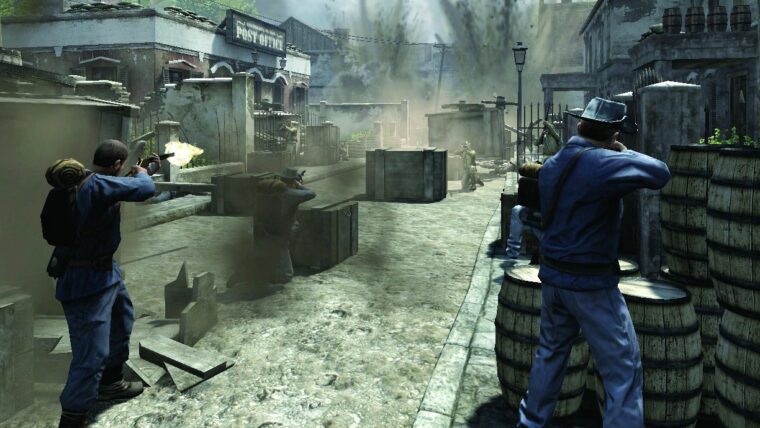
The graphics of MC mark it for what it is, a game produced on a low budget. Not exactly a “board game on the PC,” MC never the less lacks the graphical polish of a game in the Total War series, even though its mechanics are similar. It also lacks the AI punch that would be demanded of a bigger budget title. The Union units are basically sitting ducks for the player’s raiders; the challenge of the game is to do the slow, careful scouting needed to find points where the Union forces can be struck without pulling their full weight down on the always out numbered and out gunned partisans. In this way the game is a well-executed success as players reap the reward of flashy success on the battlefield from the quiet work of preparation.
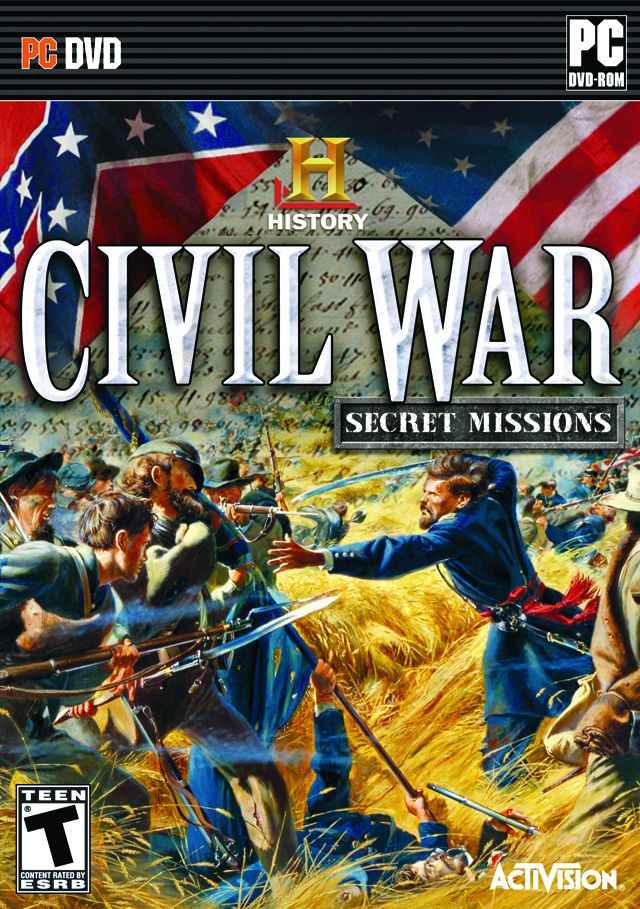 The subject matter of History Channel Civil War Secret Missions is very broadly similar to that of MC, but the two games are completely different. HCCWSM is a down-the-sights first-person shooter that puts the player on the ground in a series of missions based on behind the lines raids conducted by each side throughout the war. Disappointingly, despite the History Channel lending its name, file footage, and narration to the game, the player never really gets a feel for how these missions fit into the broader context of the war. This is particularly felt at the end of missions where the ìresultsî screen tells the player how well they shot and killed, but not how their victory affected the overall conflict.
The subject matter of History Channel Civil War Secret Missions is very broadly similar to that of MC, but the two games are completely different. HCCWSM is a down-the-sights first-person shooter that puts the player on the ground in a series of missions based on behind the lines raids conducted by each side throughout the war. Disappointingly, despite the History Channel lending its name, file footage, and narration to the game, the player never really gets a feel for how these missions fit into the broader context of the war. This is particularly felt at the end of missions where the ìresultsî screen tells the player how well they shot and killed, but not how their victory affected the overall conflict.
Some parts of HCCWSM are done with great care, like the detailing of the weapons, right down to their reload animations. Some parts seem more rushed, like the AI and the path mapping. The tactical combat of MC is not a thing of beauty, but it does model how Civil War soldiers actually engaged each other much more closely than does HCCWSM since the latter encourages the player to dash forward with a single-action pistol, secure in the knowledge that their character’s ability to regenerate is greater than the enemy’s rifles’ ability to deal damage.
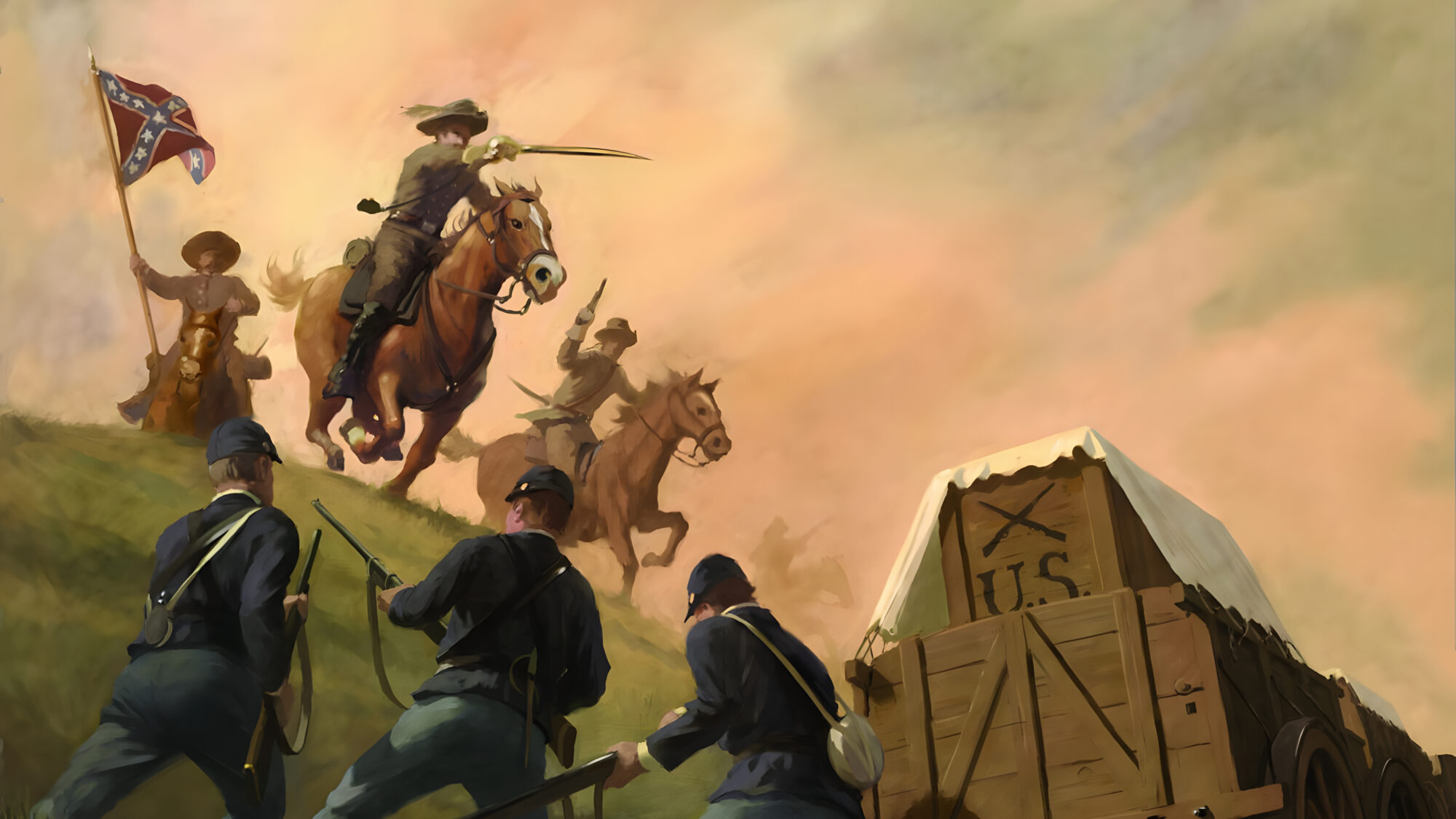
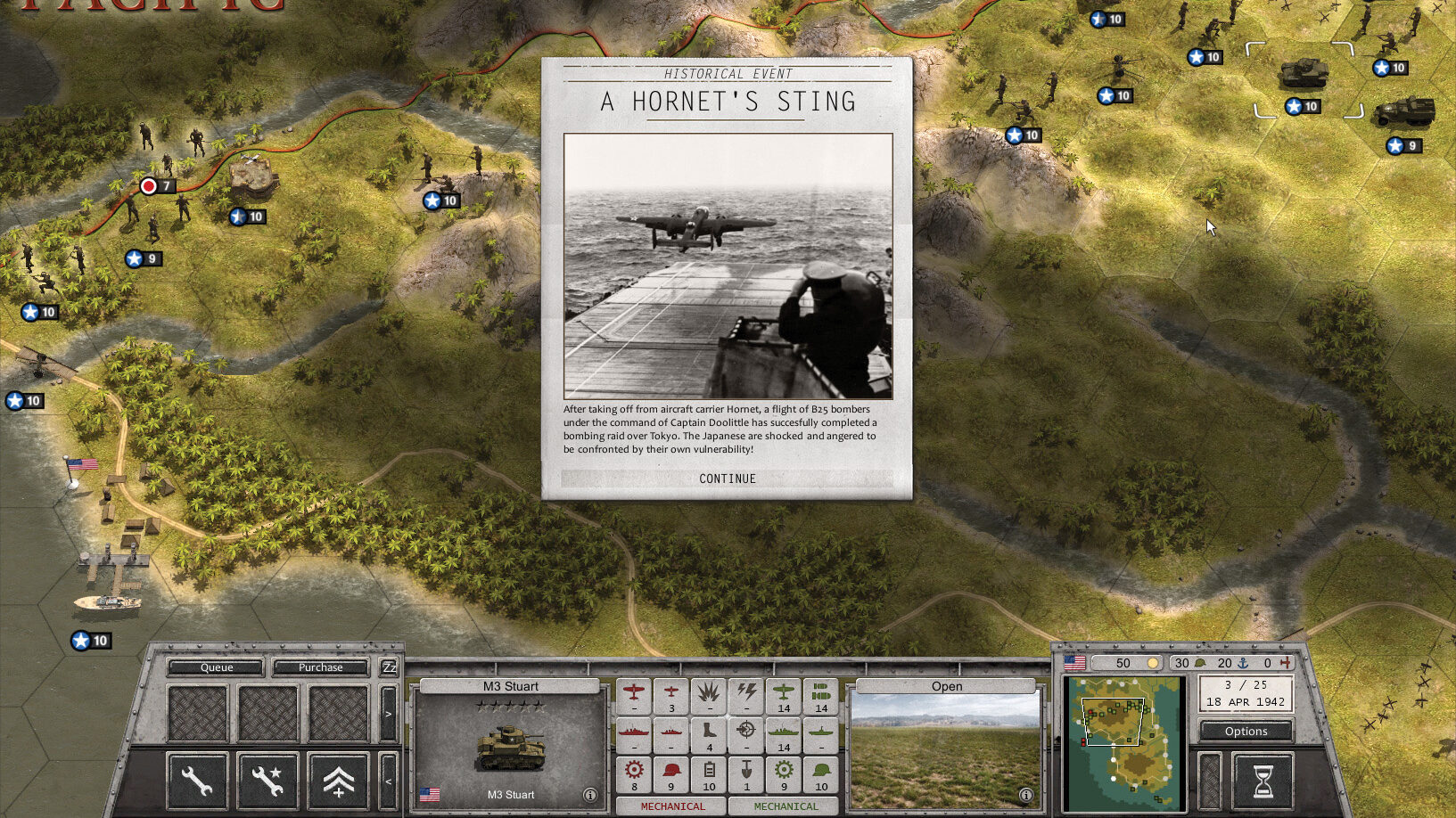
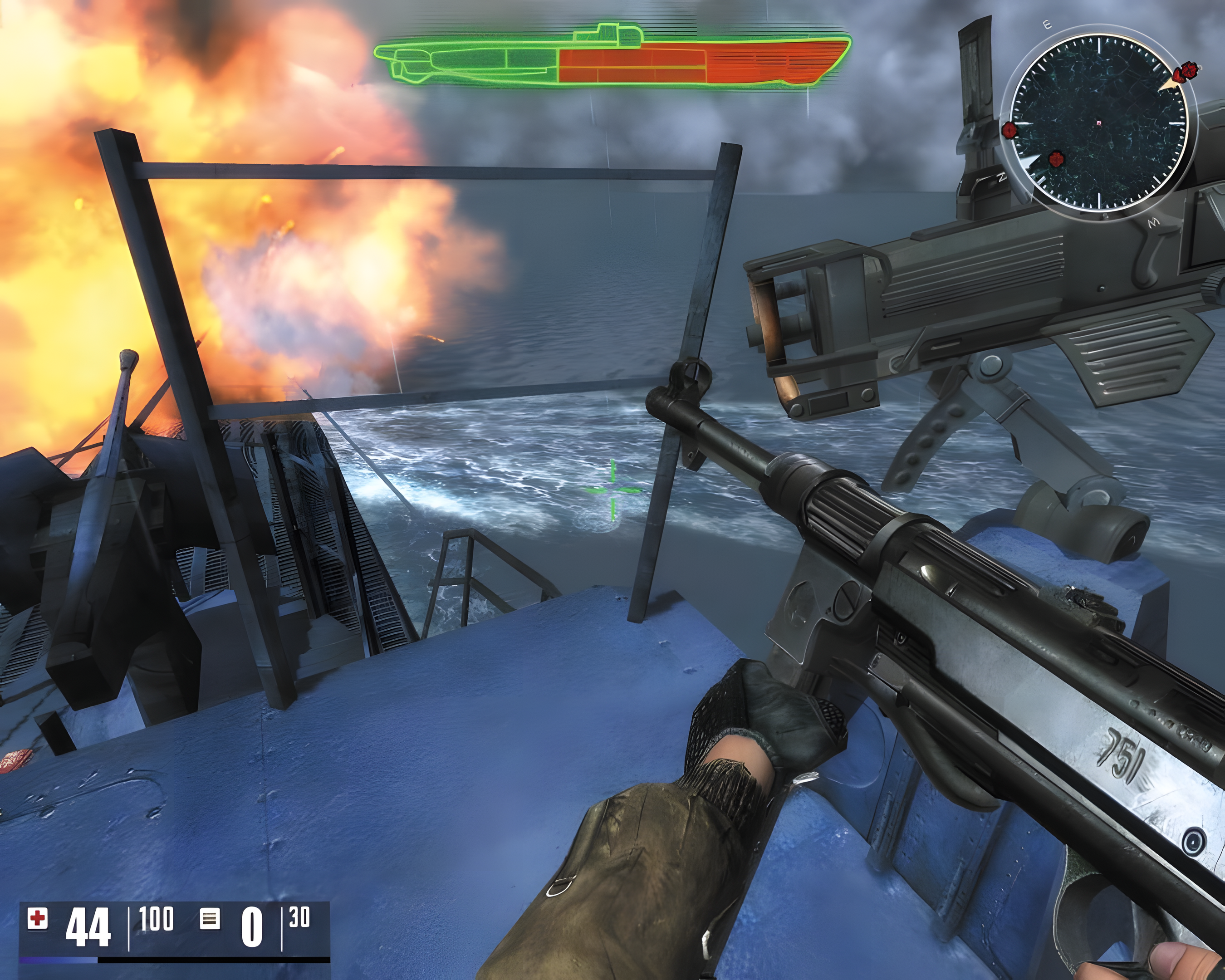
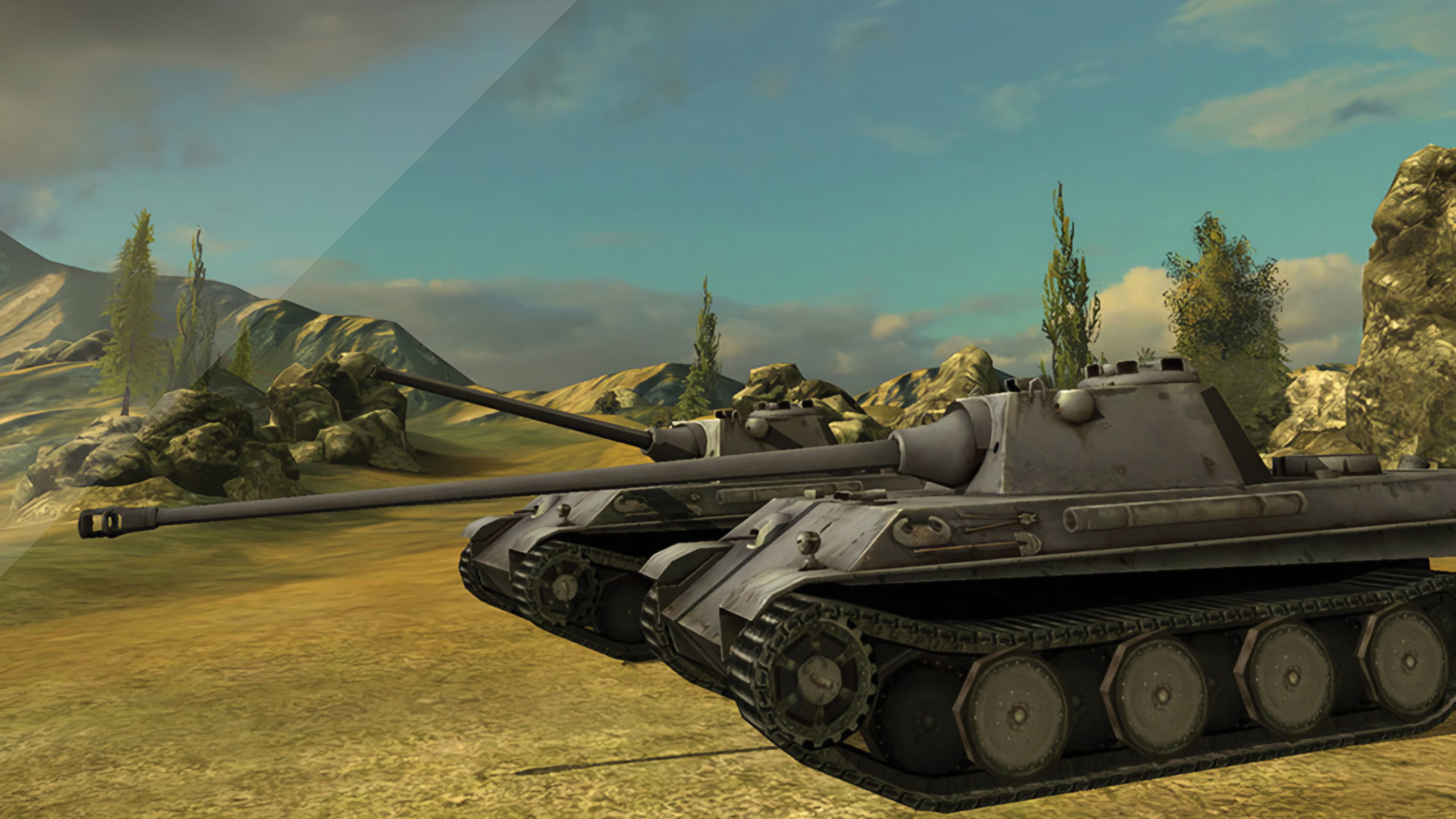
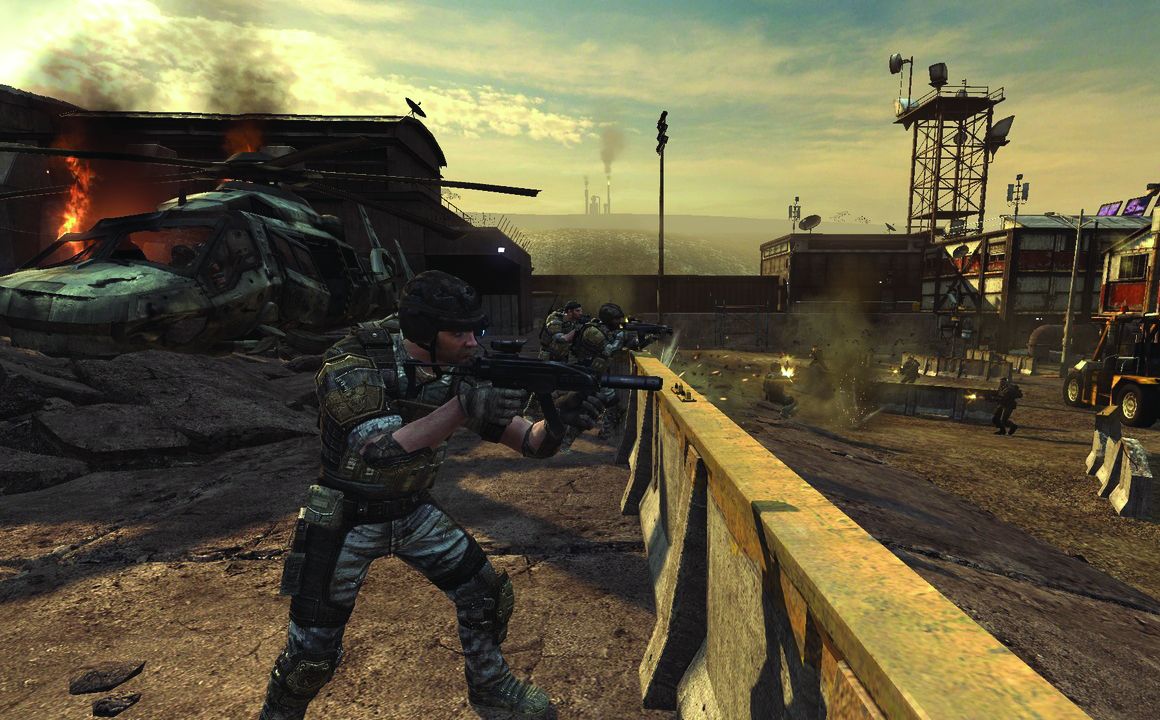
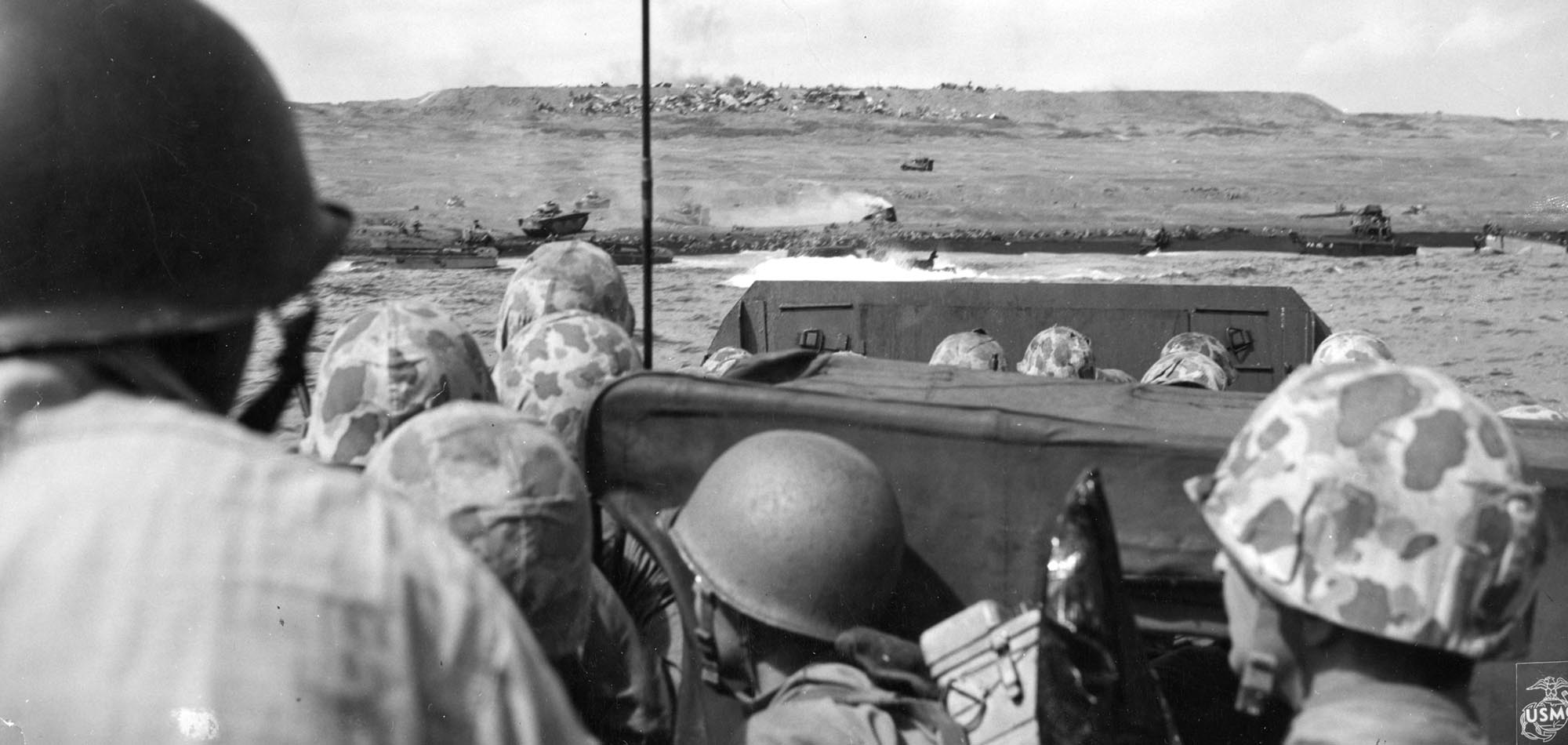
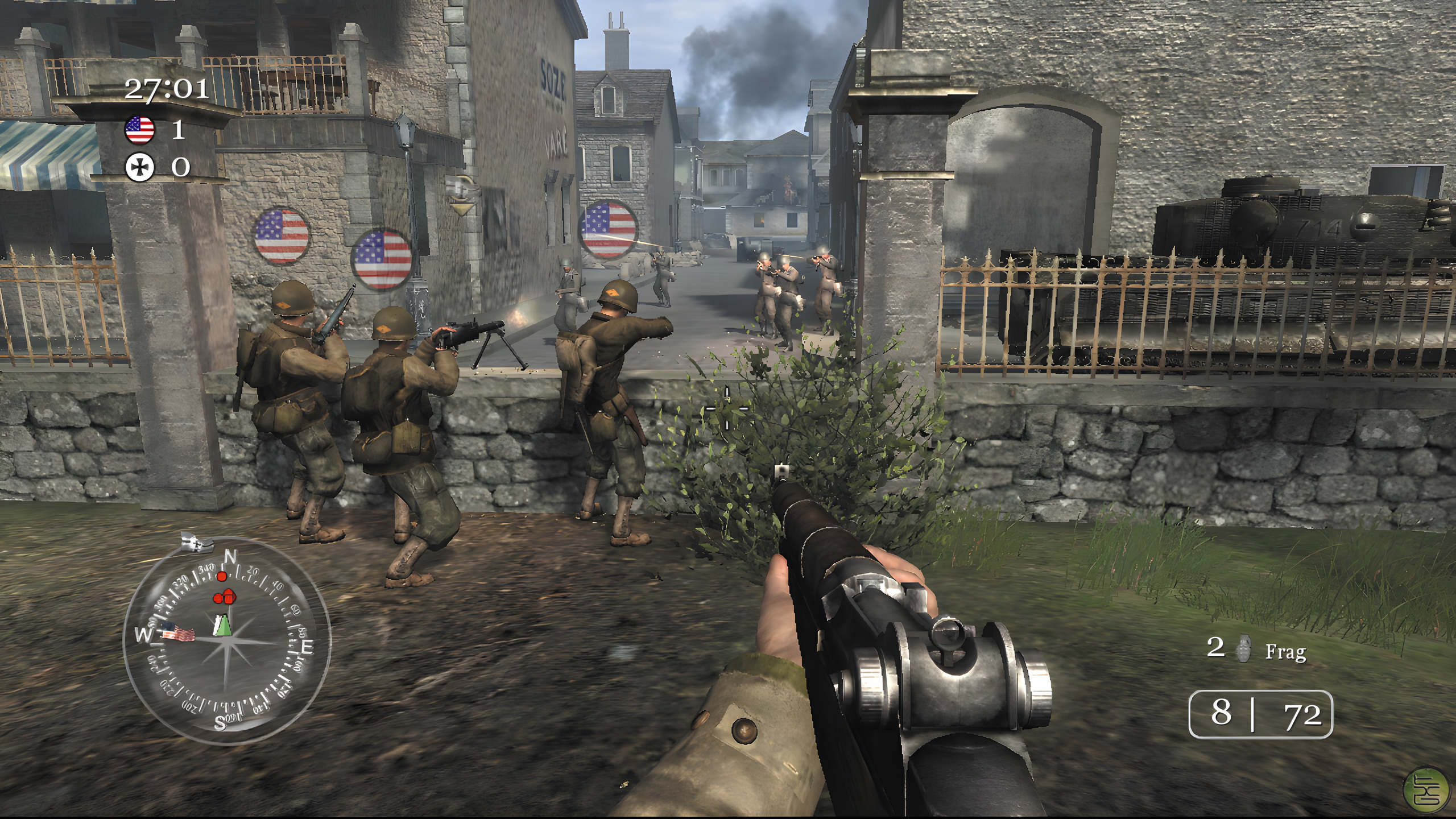
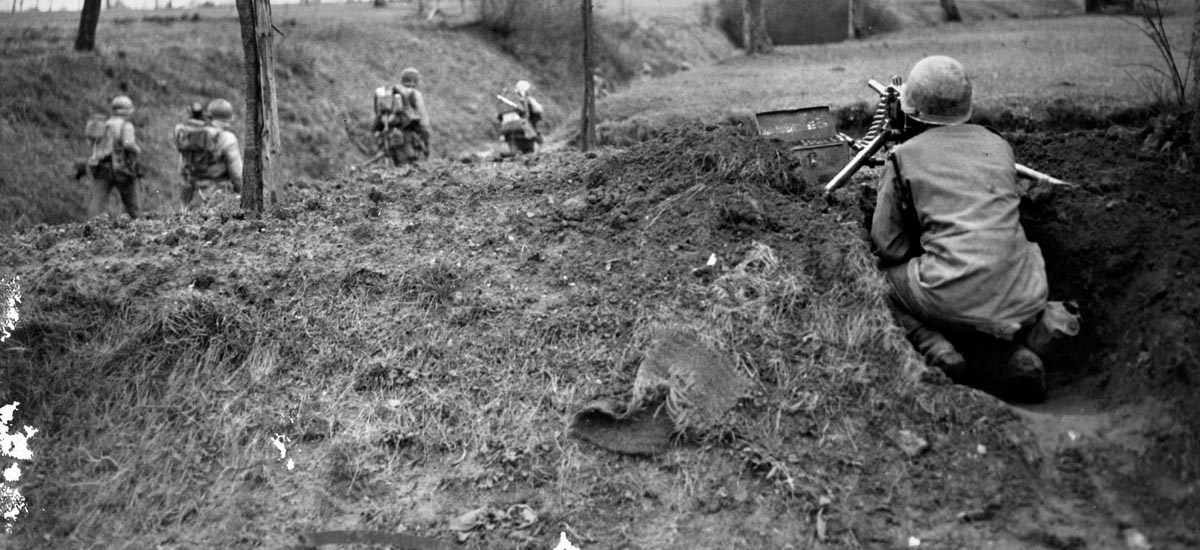
Join The Conversation
Comments
View All Comments